Lisbon is a city on hills covered with multi -colored tiles, pompous palaces, delicious cuisine and boiling cultural life. Previously, Lisbon was known for low prices for Western Europe, but the flow of tourists, which had grown in half over the past 10 years, has changed a lot. We will tell you where you can relax, having received a maximum of impressions and at the same time do not spend either the euro.
1. Find out the history of the city on foot tours with a guide
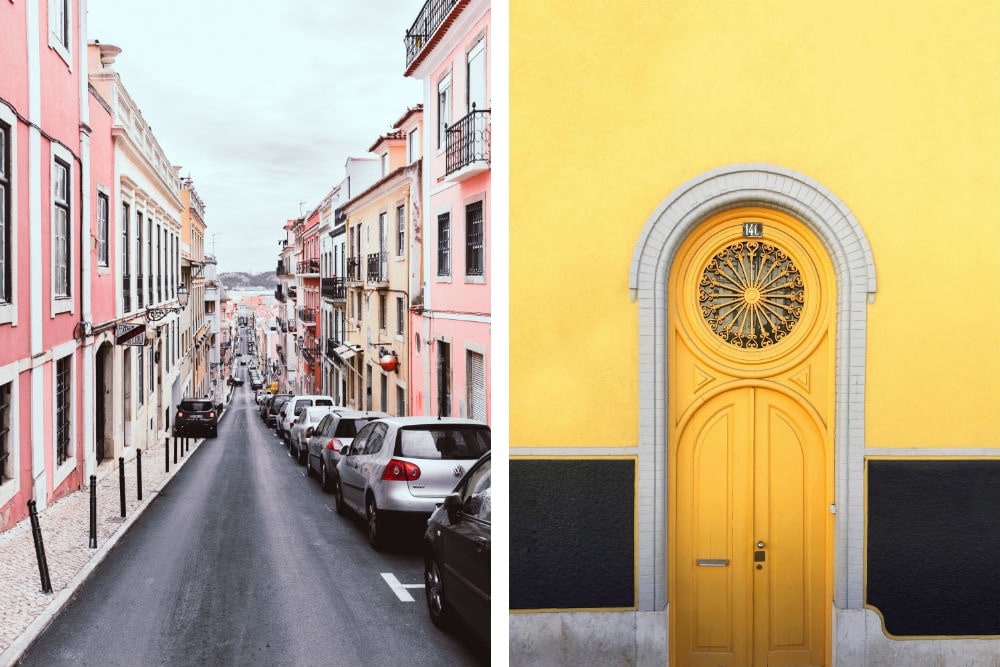
In Lisbon, interesting and exciting walking excursions that require certain endurance, because during a two -hour round you will have to go down and climb the steep hills of Lisbon.
Lisbon Chill-out Tours claim that their guides are the indigenous Lisbon, who will lead you in interesting places, tell the history of the city and tell you where the locals go to eat, drink and have fun. For groups of less than 5 people, registration is not needed, the tour starts on the Praça Luís de Camás at 10.00 and 15.00 from October 1 to March 31, and at 10.00 and 16.30 from April 1 to September 31.
Lisbon Literature Tour will introduce you to the literary Lisbon of the 20th century and show you where such famous Portuguese (Fernando Pessoa, Jose Saramago) and foreign (Erich Maria Remarck, Pascal Mercier) writers will live and created their works. The tour begins at 10.00 and 16.30 on Wednesdays, Saturdays and Sundays on Praça Luís de Camá. Registration is required for at least 3 days by mail lisbonliteraturetour@gmail.com.

Interesting excursions from local residents in Lisbon
2. Go on a bicycle walk along the ocean coast
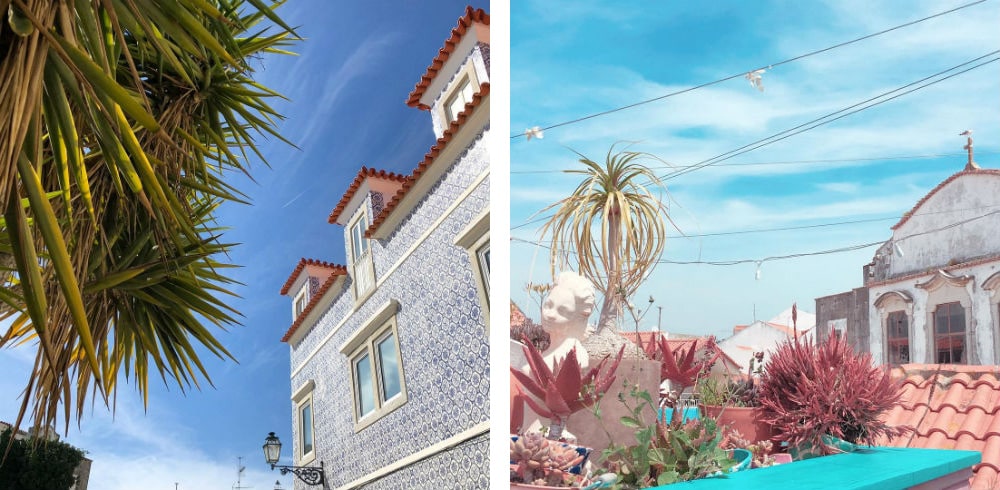
Photo: @emmanuellestr / @irsvndrl / instagram.com
Kashkaysh is a town in a suburbs of Lisbon, where they go from the capital for wide beaches and a fun night life. In just one day, you can inspect the Palacio de Conde de Castro Guimaraes museum, the Grutus Do Poço Velho, the old citadel and the Boca Do Inferno cave on the coast, taking the bicycle on the Bicas network. This is completely free – it is enough to come to one of the rental points, leave a passport or driver’s license as a deposit and you can ride from 8 am to 7 pm. We advise you to rent a bicycle in the morning, by noon they are often disassembled.
3. Look at Lisbon from the roof of an abandoned restaurant Panoramico de Monsanto
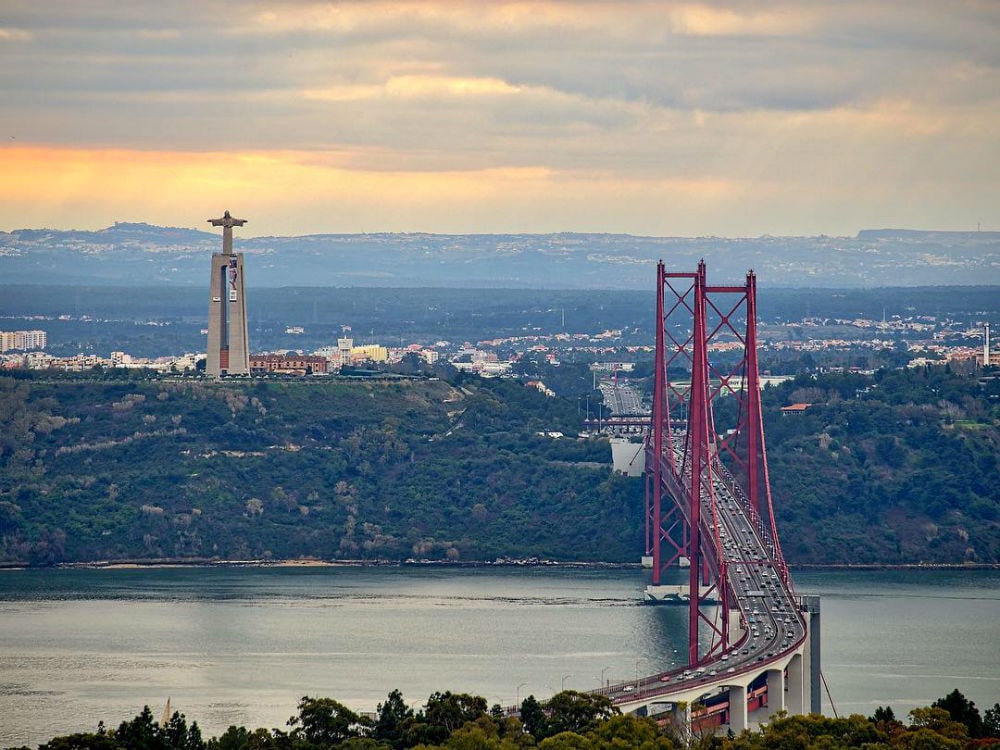
Photo: @ic__photography / instagram.com
In Lisbon, dozens of viewing platforms with excellent views, but local residents consider the best one on the roof of Panoramico de Monsanto. The building itself also deserves attention – it was built in 1967 at the highest point of Parque Florestal de Monsanto, but by 2000 it was desolate. From 2016 to 2017, the building was reconstructed and now everyone can consider the frescoes and mosaics of the 60s and the street art of the early 2000s, which are covered with all 5 floors, as well as get to the roof and see Lisbon from a bird’s height.
4. to visit Cemitério Dos Prazeres – the largest and most beautiful cemetery of Portugal
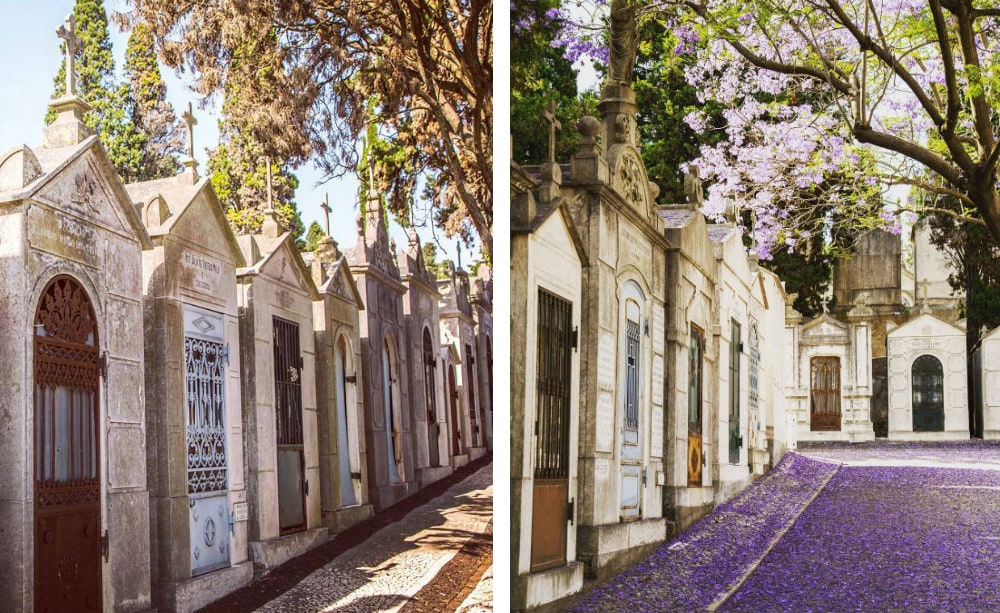
Photo: @victoriawlakotography / instagram.com
The cemetery was laid in 1833, during an epidemic of cholera, which took thousands of lives. It is located in a rich area and most graves – lushly decorated crypts and tombstones with marble sculptures of aristocrats, writers and politicians. Cemitério Dos Prazeres local residents call the “city of the dead” due to its size and layout-there are several churches in the center, from which alleys lined up by marble-wraps with multi-colored windows.
5. See the city and surroundings from viewing platforms on the tops of the hills
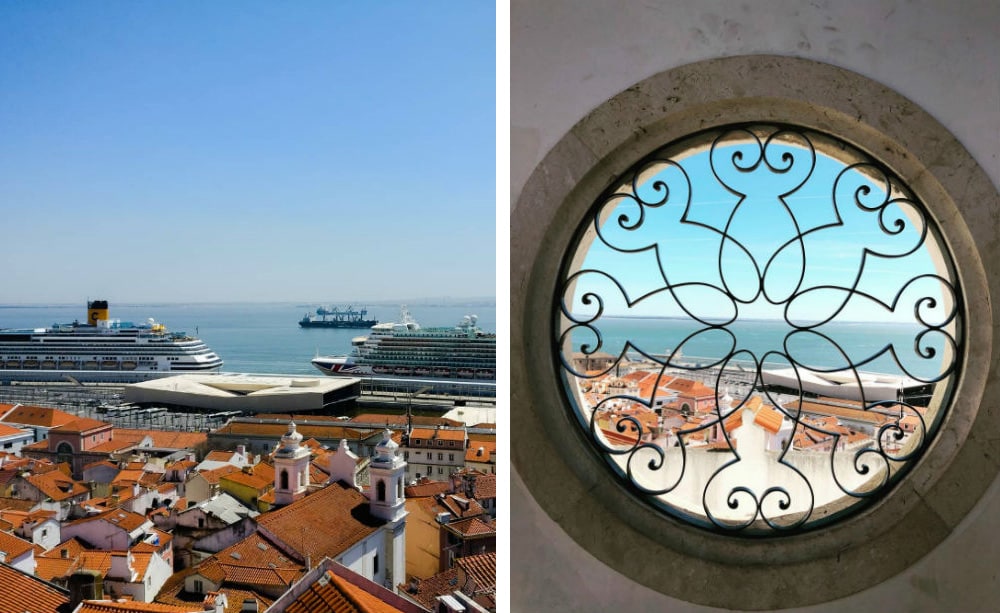
Photo: @mariomcosta79 / @alice_chelotti / Instagram.com
The observation sites in Portugal are called Miradouro. In Lisbon, which lies on seven high hills, there are more than thirty of them.
The most popular Mirador is: Miradouro Srance Pedro de Alcântara (from where the view of the Taju River, the city center and the castle of St. George), Miradouro Santa Luzia (one of the highest platforms with views of the river, the Church of St. Stephen and the Dome of the National Pantheon), Miradouro Do Torel) (The most convenient platform with lush trees and benches, from where it is best to observe the sunset) and Miradouro Portas do Sol (from it you can see the old alphamus, descending to the Tesha River).
Unknown to most tourists are observation platforms: a cafe on the 9th floor of the Pollux department store, from where an elegant elevator of Elewador Di-Santa-Justa and the ruins of the Karma monastery is visible (the cafe is openly from 10 hours from Monday to Sunday). Another secret platform is a bar working every day from 15 to 2 in the morning on the top floor of the Sheraton Hotel, from the windows of which a panoramic view of Lisbon opens.
6. Rest in the shade and silence of gardens and parks

Photo: @graca.martins / instagram.com
Tapada das necessidades is a quiet beautiful garden with romantic arbors. There are always few people here, narrow paths run along the shore of a pond in which geese and ducks float. Rare flowers grow in the garden, there is a greenhouse with tropical plants and a small lake.
Jardim daestrela is a large park in the city center with excellent infrastructure, rare colors and beautiful sculptures. Locals like to spend the weekend here: to arrange picnics, walk with children at exhibitions of crafts and arts in the morning and have fun at concerts that are arranged in the evenings in the stage in the center of the park.
Jardim Botânico da ajuda is the 18th century Botanical Garden, built in the likeness of palace parks. He is symmetrical and well -groomed, with fountains, arbors and even paths along which peacocks walk. About 1000 exotic plants grow here.
7. visit a concert of classical music in the 18th century Palace
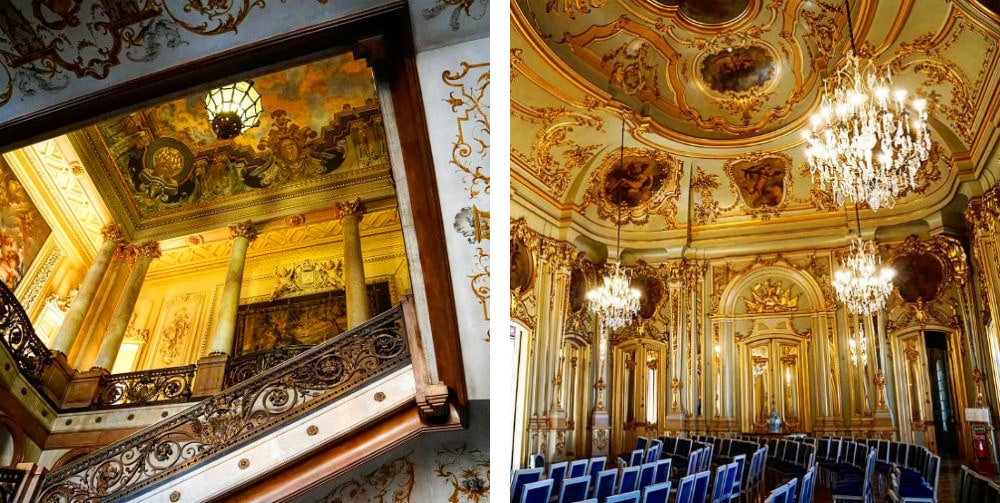
Photo: @anacalado1 / instagram.com
The Palácio FOZ baroque Palace was erected in the 18th century, and then more than once was rebuilt. From the inside it is decorated with colored marble, frescoes and carved panels. Now there are state offices and a tourist center. In the mirror hall with gilded panels, mirrors and crystal chandeliers 2-3 times a month, free concerts of classical, organ and choral music are held. Concerts begin at 18.00 and last for about an hour. Registration is not needed, but the number of places in the hall is limited, so you should come 30-40 minutes before the start. Children under 6 years of age are not allowed.
8. Examine the most beautiful and ancient churches of the city
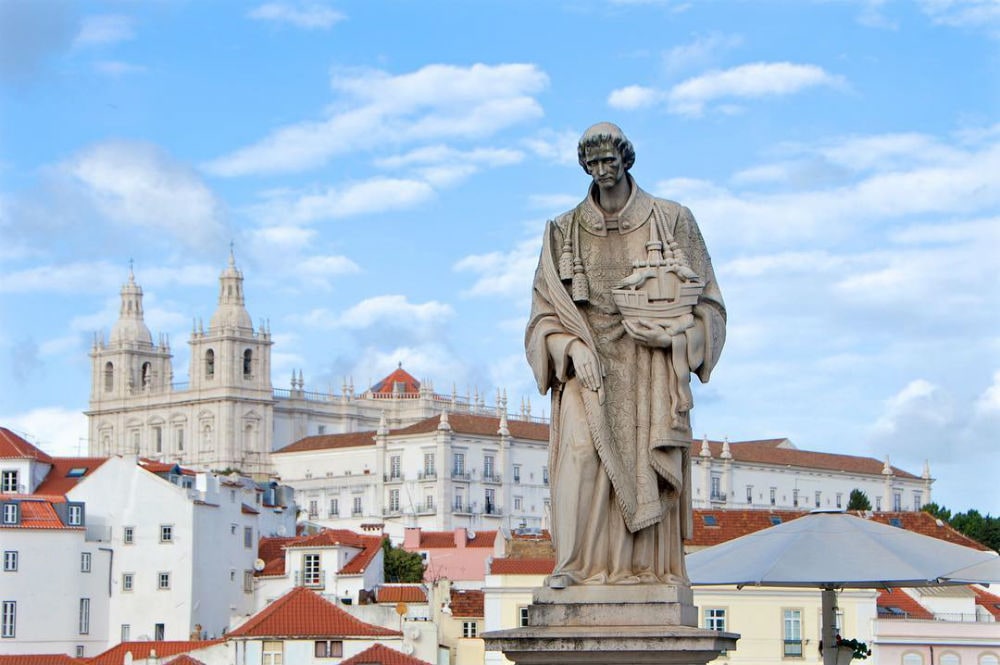
Photo: @SteWartPrints / Instagram.com
Igreja Santa Maria de Belém is the church of the Dos Jerónimos monastery, built in the style of Manuelino (Portuguese architectural style of the 15-16 centuries, in which Gothic, Renaissance and the Moorish style were mixed). Its interior resembles a fairy -tale sea grotto, supported by carved columns, and here is the grave of Vasco da Gama. The entrance to the monastery costs 10 euros, but they are allowed to the temple for free.
Igreja de Sao Roque is the oldest Jesuit Church of Portugal, it has a strict and simple facade and a very magnificent interior. The internal space of the temple is divided into 8 chapels, each of which is decorated with multi -colored tiles of azuli, marble sculptures, mosaics and carved gilded panels.
IGREJA de Srance Vicente de Fora is a church in the style of late Renaissance. Inside the church, there are amazing azuli of the 18th century, telling the history of the monastery, a magnificent baroque altar with a canopy and carved sarcophagi kings of the Braganes dynasty.
9. See animals, ancient dresses and manuscripts in the flea market Feira Da Ladra
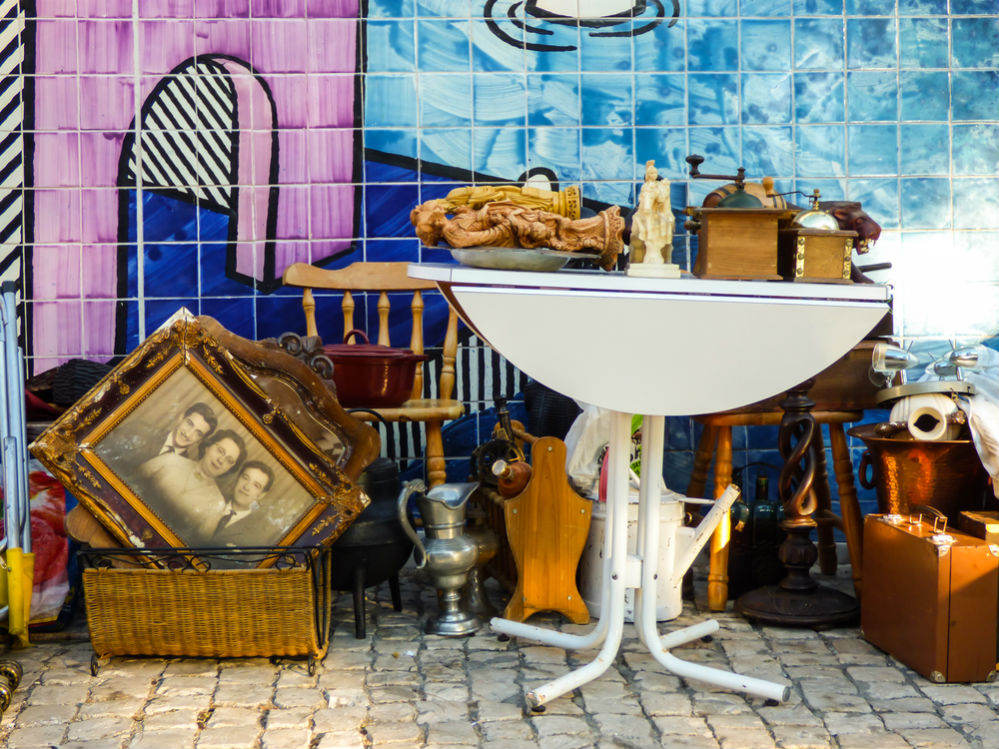
Photo: Helissa Grundemann / Shutterstock.com
This flea market has existed in the same place for 135 years. It works from early morning until 2-3 pm on Saturdays and Tuesdays on Campo de Santa Clara. Lisbon and tourists love him equally. This market is like a huge Museum of Fashion and Life of Portugal: here they sell dresses with crinolines and ladies’ hats, children’s toys of the 19th century, souvenirs of colonial times, soap and perfumes of the 20th century. In antique shops, stuffed crocodiles and gilded carved furniture are exhibited, and in jewelry you can buy the cheapest jewelry of gold and silver in Europe.
10. See great street art

Photo: @warwallsandlovewalls / @timjentsch / Instagram.com
Lisbon is one of the capitals of European street art. The streets are covered with graffiti, in destroyed houses organized galleries in the open air, and the facades of houses are painted by world-famous mural artists. The best street art should be sought next to the Calcada da Gloria lift, where the Gua Gallery is located, in the Alfama area, on the streets of Rua Das Gaivotas, Rua Rodriques Faria and not far from the bridge on April 25, where the LX Factory Gallery is located. And if you have the time and desire to study the Lisbon Street art more deeply, then on this map you will find the addresses and the names of most of the best frescoes and murals in the city.
11. Museums
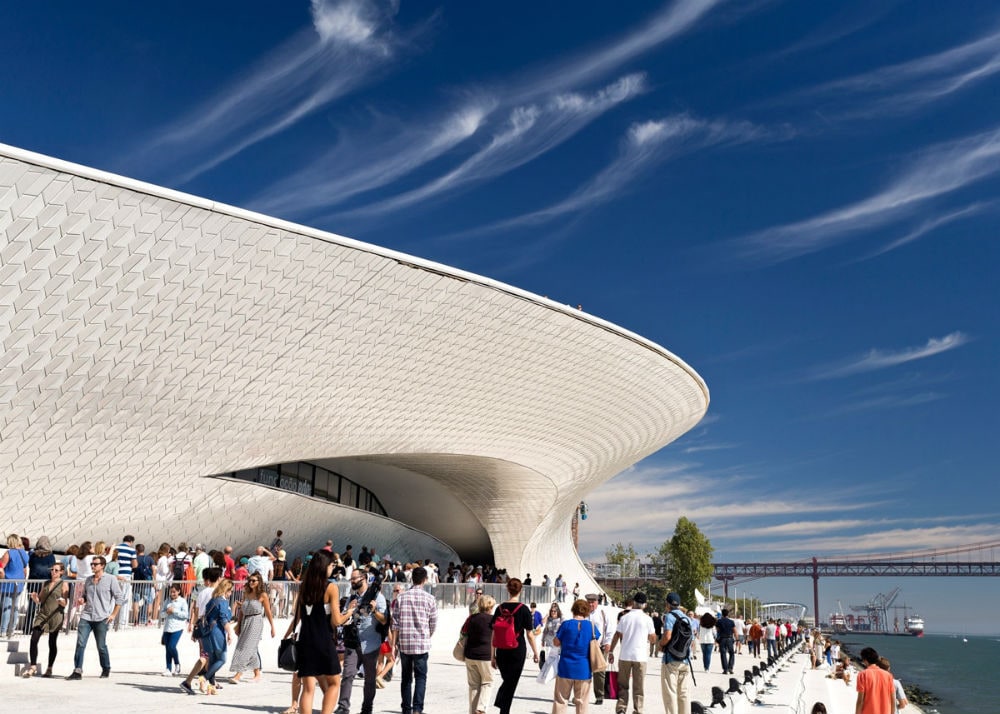
Photo: ribeiroantonio / shutterstock.com
With a free entrance
- Museu Colecçә brardo is a museum of contemporary art, in his collection there are works by Picasso, Dali, Warhol, Rotko, Bacon and others;
- NúCleo Arqueeológico is an archaeological museum where you can see the houses, household items and the only Roman mosaic of the 3th century in Lisbon with the guide. The visit must be reserved in advance by mail fundacao@milleniumbcp.pt;
- Mude – Museu Do Design E Da Moda. This museum contains a huge collection of clothing and interior items of Portuguese designers of the 20-21 centuries.
With a free entrance on certain days
- Museum of Art, Architecture and Technology (Maat) – the first Sunday of the month;
- Marine Museum (Museu da Marinha) with a collection of ancient maps and ships – the first Sunday of the month;
- Museum of Galust Gulbenkian with a collection of European, oriental and ancient art – on Sundays after 14:00;
- Museum of Marionet (Museu da Marioneta) – on Sundays until 13:00;
- House-Museum Medeirush and Almeid (Casa-Museu da Fundaç_ Medeiros E almeida) with a collection of old watches, furniture and ceramics-on Saturdays from to 13:00.
Photo for Preverty: @timstief

